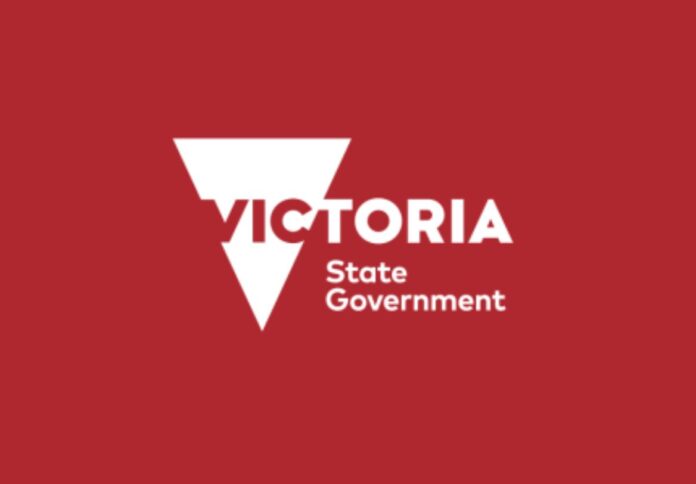
The Victorian Government is leading a call to action to develop a plan for emissions-free freight transport, aligning with one of the world’s most ambitious reduction goals to achieve net-zero emissions in the Victorian economy by 2045.
In a recent development, the Department of Transport and Planning organised a Freight Decarbonisation Summit, fostering collaboration between the government, industry, and operators to recognize challenges and expedite the implementation of solutions, the government revealed in a media release.
As a direct outcome of the summit, the government, in collaboration with industry leaders, will embark on a co-design journey to develop comprehensive policies, regulations, infrastructure enhancements, and innovative technologies.
These combined efforts are designed to accelerate the adoption of next-generation sustainable mobility solutions and assist in meeting the region’s ambitious climate targets.
One notable development is the introduction of access maps, which will streamline the process for operators of approved vehicles by reducing the need for individual structural assessments on a permit-by-permit basis.
This change is set to save time, reduce bureaucratic red tape, and alleviate cost burdens within the heavy vehicle industry.
To further encourage the shift towards more sustainable heavy vehicles, the first access maps will be designed around the capabilities of the new Volvo electric semi-trailer.
Local operators will have the opportunity to utilize this combination on the approved network, effectively supercharging the transition to eco-friendly heavy vehicles.
The National Heavy Vehicle Regulator (NHVR) has also initiated the development of a Future Heavy Vehicle Roadmap.
This roadmap will serve as a comprehensive blueprint, guiding the Australian heavy vehicle industry in its efforts to adopt sustainable practices and technologies.
Victoria’s commitment to decarbonisation is notable for setting the fastest reduction targets in the country. The state has already made significant progress, reducing overall emissions more than any other Australian state since 2014.
In line with these goals, the government has established interim emissions reduction targets, aiming for a 50 per cent reduction against 2005 levels by 2030 and an even more ambitious 75 to 80 per cent reduction by 2035. These targets not only support the environmental cause but also present a significant economic opportunity, potentially generating $63 billion in economic benefits and creating thousands of jobs.
Efforts to reduce emissions are complemented by initiatives to shift freight transportation from roads to rail. This transition aims to reduce emissions from heavy vehicles while facilitating ongoing investments in a robust and adaptable rail-freight network.
Minister for Ports and Freight Melissa Horne emphasised the importance of this endeavour, stating, “Achieving substantial reductions in transport sector emissions means we need to rapidly reduce our petroleum-fueled vehicle fleet and shift freight to rail while we transition to zero emissions vehicles (ZEVs) powered by clean energy.’’
The Victorian Budget for 2023/24 recently announced a $15 million program that targets truck operators frequently travelling through Melbourne’s inner west.
This program offers grants to encourage operators to retire older, less eco-friendly trucks and transition to newer, more emission-efficient models.


















